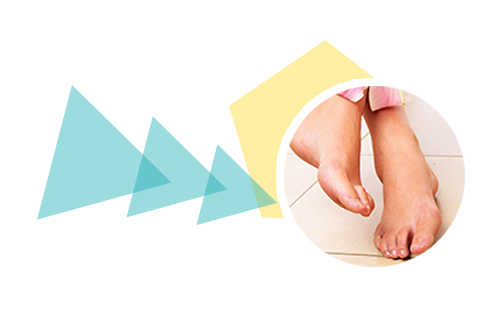
Do you have feet problems?
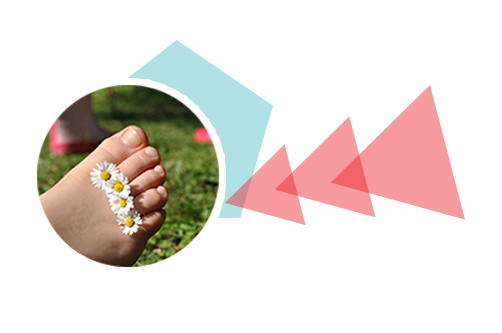
One problem, one solution
Choose the area where you have pain and we will provide you the best products.
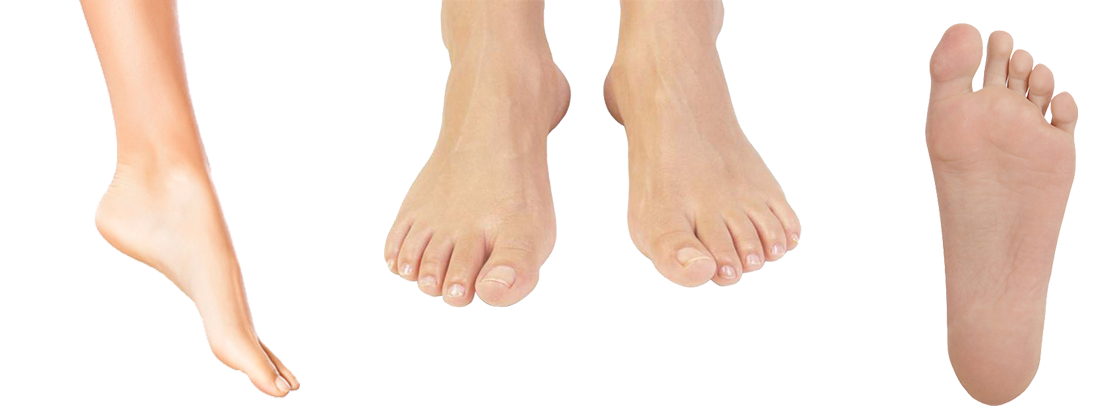

ROCES TENDÓN DE AQUILES

JUANETE DEL QUINTO DEDO


PROBLEMAS INTERDIGITALES

ZONA METATARSAL

ARCO INTERNO
The importance of healthy feet
Feet need care and dedication because they are one of the most important parts in our body.
25% of the 212 body bones are in the feet. If any of these bones (ligaments, muscles or tendons surrounding the bones) lose alignment or receive stress, the effects can be felt anywhere in the body.
It is necessary to adopt simple and practical methods to give a new perspective to our life.
Not only long working days affect our feet but also friction caused by shoes, humidity caused by having foot covered or lack of skin and nails breathing can affect them.
These situations may cause slight injuries, fungal infections, tendinitis, bunions or arthritis and they can restrict mobility increasingly.
Bunions, calluses or hard skin is a typical problem in many people. Although they are not normally serious problems, they are bothersome and can lead to other serious problems. The footpad can become wear over time with pain in the forefoot and hard skin. These feet anomalies are very painful and can lead to falling. Diabetic patients may get foot ulcers.
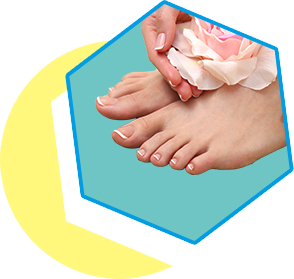
What can we do?
Evaluate your feet:

It is important to visit a podiatrist to evaluate your feet.
Medicine is becoming more proactive; consequently, you may be able to avoid major problems by using orthopedic devices, arch supports or even different socks.
Arthritis and diabetes are two problems that may occur in the feet at any age. Arthritis can cause bunions and stiffness.
People have to care feet daily as other parts of the body. Examine your feet with this information in mind:
- Nail color change and thickness is a symptom of fungi.
- Color and temperature are important; you have to check that the feet are not swollen and there is no hard skin. Some areas of the sole may show inflammation or may hurt when touch it. Calluses, papilloma or plantar fasciitis produce it.
- Cracked skin between toes is a symptom of fungi.
- A gently feet massage at night will activate the blood circulation and provide a pleasant feeling of relaxation.
- The type of footwear is important. Special footwear for each type of sport is necessarily; job footwear is necessary whether you stand still or sit. Everyone who works should attend to a podiatry consultation to find out what type of footwear is most suitable for them. The general recommendation is shoes have to be sufficiently wide for the foot and flexible with a cushioned sole. People do not have to use more than 3cm high heels.
Those whose work is hard should use a kind of footwear with a reinforced waterproof steel toe and non-slip soles.
Avoid feet smell:
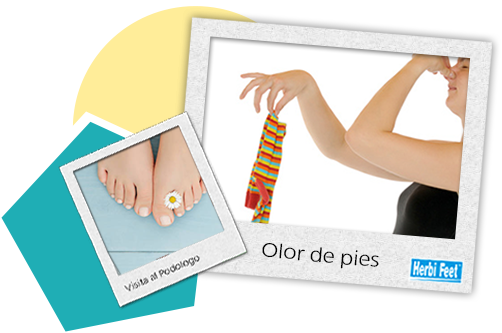
Sweaty feet can become more than just an inconvenience.
A clearly symptom of hyperhidrosis is sweaty feet; this is why the feet sweat glands are hyperactive.
You can avoid this using antiperspirant and dressing your feet correctly. Nowadays, many trends are harmful for our feet health: wearing closed shoes without socks. We use socks to prevent chafing and to absorb sweat; not using them may suppose 28cl perspiration lost the equivalent of pouring a soft drink can inside your shoes. Thereby, it is clear to imagine how sweat and heat affect to your feet: infections and bad odor. To sum up, we do not recommend wearing shoes without socks.
A perspiring product is an ideal solution for those who have sweaty feet. It is easy to apply, just spray it to the sole. Deodorizing removable insoles are also a good idea, since we can remove them for a faster drying. The use of wet footwear (sweat or other causes) is not recommendable; we have to leave them dry completely.
Excessive sweating or exposure to moisture can cause fungi, which may lead to complicated illnesses such as:
- Cellulitis infection: it is a bacterial infection in the deepest skin layers. This infection may be mortal as bacteria attack skin tissue decomposing it, thereby the patient might suffer septicemia or bones infections.
- The cellulitis infection symptoms are the following: pain, fever, chills, swollen lymph nodes and skin, red lines in the affected area and fatigue.
- Allergies: people may suffer allergies to some proteins produced by dermatophytes, which enter blood producing fingers and toe blisters, also producing in chest and arms.
- Bacterial infection: cracked skin allows bacteria enter to the soft tissues producing serious infections.
- Fungal nail infection: the color change, the thicker and scaly nail are clear symptoms of fungi infection. All these may be quite painful.









